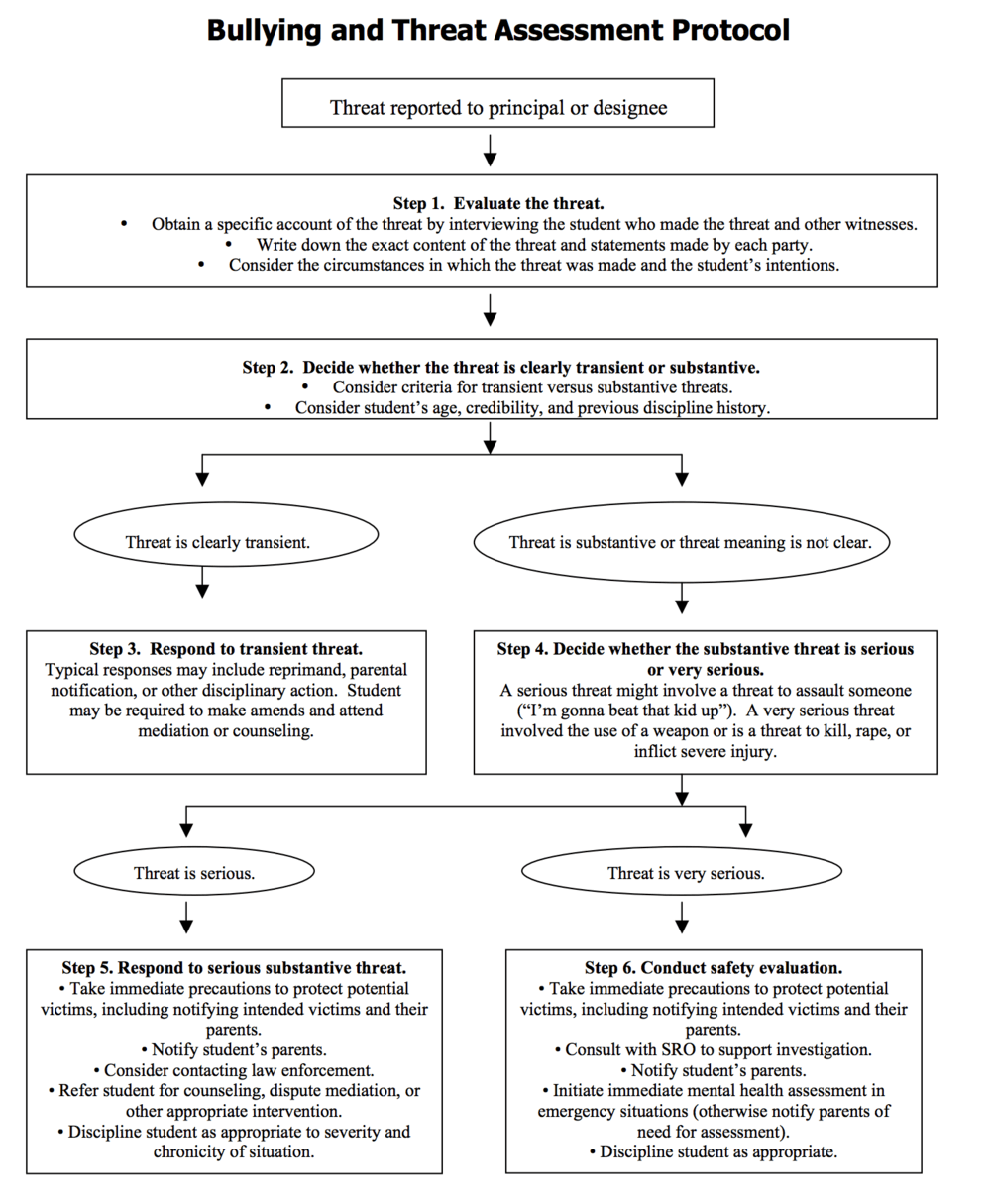Bullying and Conflict
WHAT IS BULLYING?
Bullying is unwanted, aggressive behavior among children that involves a real or perceived imbalance of power. It is repeated verbal, physical, social or psychological behavior involving the misuse of influence by an individual or group towards one or more persons. It can happen anywhere: at school, at the mall, between neighbors, at sporting events and online.
Conflict or fights between equals and single incidents do not constitute bullying.
Bullying can involve humiliation, domination, intimidation, victimization and all forms of harassment including that based on sex, race, disability, homosexuality or transgender. Bullying of any form or for any reason can have long-term effects on those involved including bystanders. Both kids who are bullied and who bully others may have serious, lasting problems.
BULLYING BEHAVIOR
Bullying behavior can be:
Verbal (name calling, teasing, abuse, putdowns, sarcasm, insults, threats)
Physical (hitting, punching, kicking, scratching, tripping, spitting)
Social (ignoring, excluding, ostracizing, alienating, making inappropriate gestures)
Psychological (spreading rumours, dirty looks, hiding or damaging possessions, malicious SMS and email messages, inappropriate use of camera phones)
Bullying behavior is not:
Children not getting along well
A situation of mutual conflict
Single episodes of nastiness or random acts of aggression or intimidation
SCHOOL-BASED PROGRAMMING AND INTERVENTIONS
As adults it is vitally important to help children understand the difference between bullying and conflict. Each of our elementary schools implements guidance curricula that addresses conflict resolution and responding to bullying. The Second Step Prevention Program® and Brainwise® are used as guidance lessons to build character and utilize prevention skills. Children who learn how to problem-solve, mediate and regulate are better equipped to handle conflict.
At the secondary level there are a variety of Multi-Tiered System of Supports (MTSS) strategies at the universal, targeted and intensive tiers to include the implementation of the Signs of Suicide (SOS) program that addresses bullying behaviors. Behaviors that are traditionally considered bullying among school-aged youth often require new attention and strategies in adolescents and young adults students. Many of these behaviors are considered crimes under state and federal law and may trigger serious consequences after the age of 18.
THREAT ASSESSMENT PROTOCOL

BOARD OF EDUCATION POLICIES
The Board of Education and the staff of the Cheyenne Mountain Schools support a secure school climate conducive to teaching and learning that is free from threat, harassment, and any type of bullying behavior. To promote consistency of approach and to help create a climate in which all types of bullying and threatening behavior are regarded as unacceptable, the District has adopted Policy JICDE and a very specific protocol (Policy JICDE-E) for evaluating the substantive nature of any threat. This policy and protocol can be found in the District 12 On Line Policy Manual.
